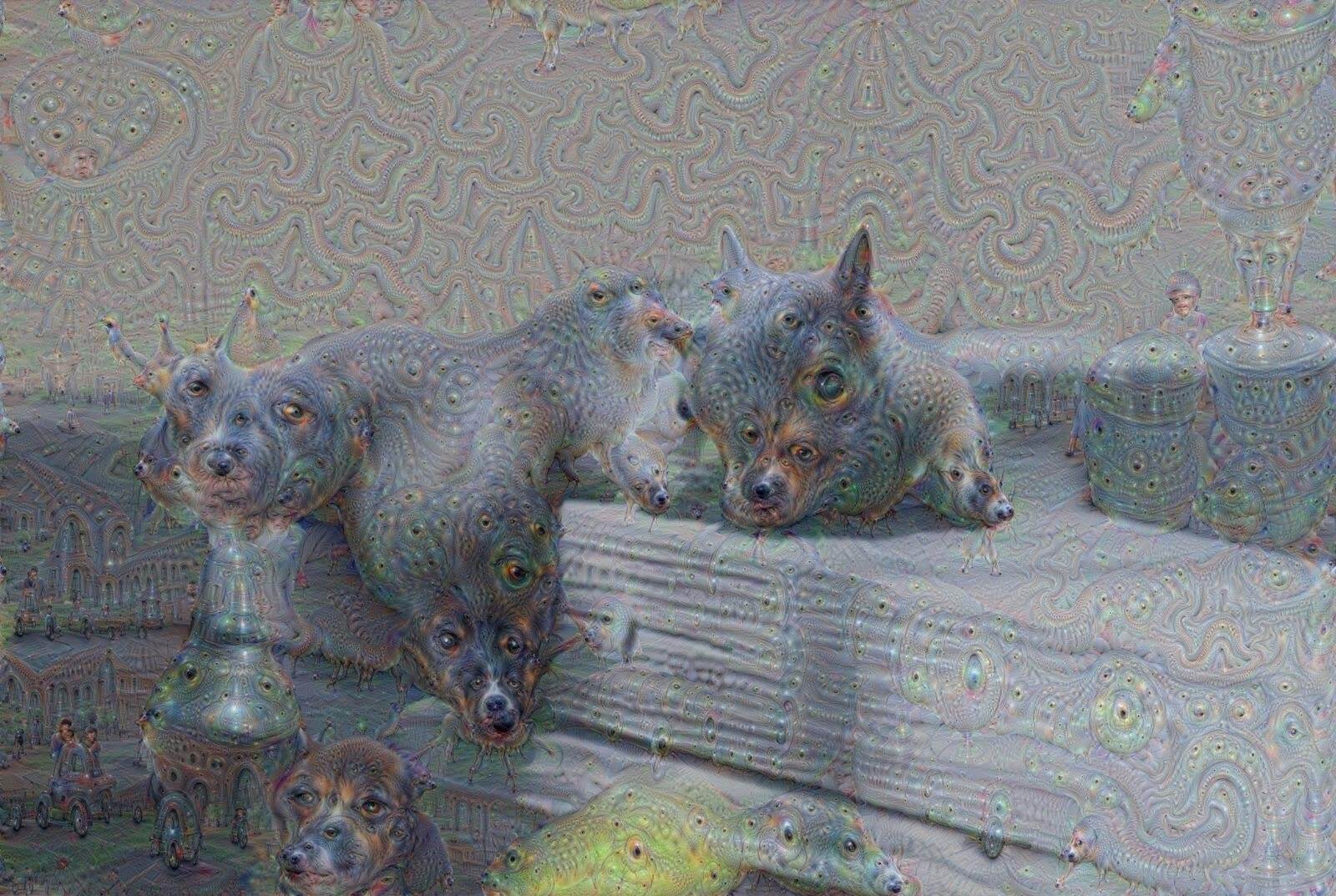
Early in the morning on May 18, 2015, Alexander Mordvintsev made an amazing discovery. He had been having trouble sleeping. Just after midnight, he awoke with a start. He was sure he’d heard a noise in the Zurich apartment where he lived with his wife and child. Afraid that he hadn’t locked the door to the terrace, he ran out of the bedroom to check if there was an intruder. All was fine; the terrace door was locked, and there was no intruder. But as he was standing in his living room, suddenly he “was surrounded by dozens of very beautiful ideas,” he tells me. “That beautiful moment occurred when one idea crystallizes to a point where you can start programming.” It all came together. In an instant he saw what everyone else had missed. He sat down straight away at his computer and began to type lines of code.
Up until then, artificial neural networks — designed to mimic the brain and recognize patterns — had been our servants, dutifully performing the tasks we asked them to perform, becoming steadily better at serving us. Mordvintsev’s adventure that night was to transform completely our conception of what computers were capable of. His great idea was to let them off the leash, see what happened when they were given a little freedom, allowed to dream a little. […]
Read full article: DeepDream: How Alexander Mordvintsev Excavated the Computer’s Hidden Layers published in The Mit Press Reader on July 1, 2020.